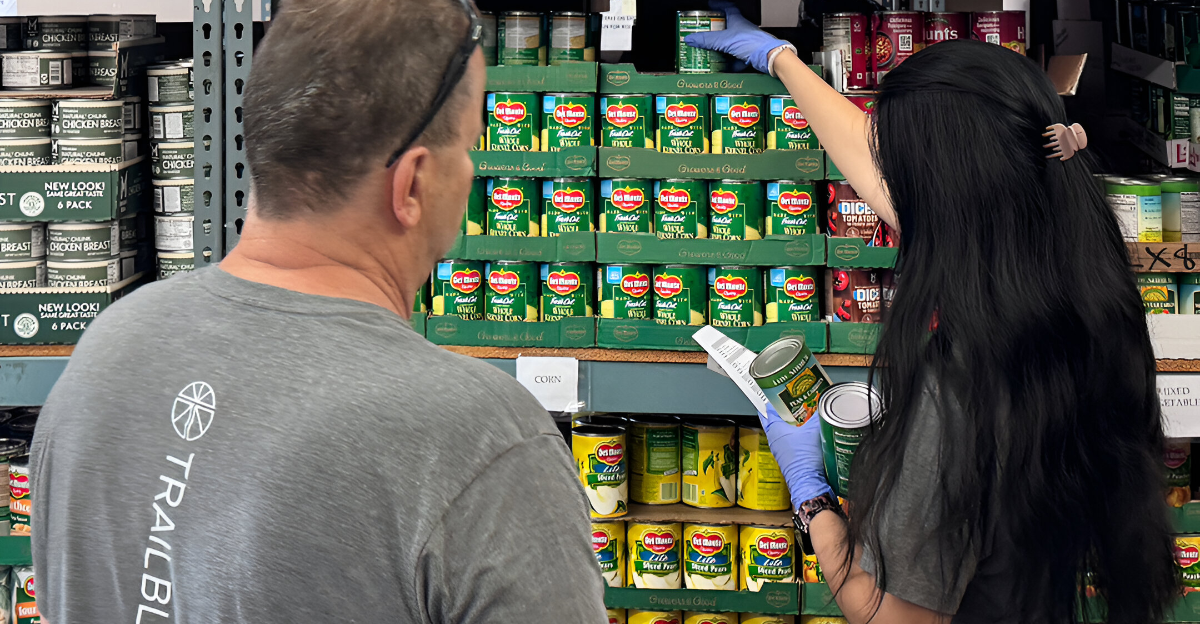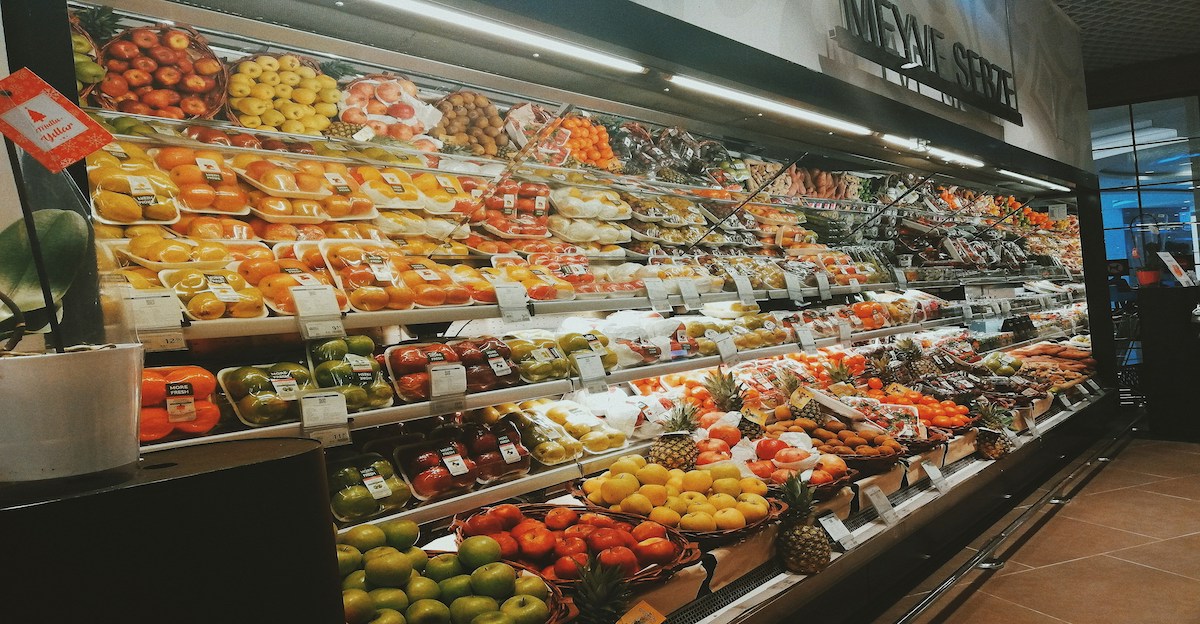
Del Monte Foods, the 139-year-old American canned-goods giant, has unexpectedly filed for Chapter 11 bankruptcy. The Walnut Creek, California–based company, creator of household brands like Del Monte and Contadina, blamed broader economic trends for the move. Analysts point to a perfect storm of rising input costs and trade policies. In particular, new tariffs (for example, steel and aluminum levies were hiked to 50% in June 2025) have sharply raised production costs for cans and packaging.
This shock is not just corporate news: it’s a wholesale upheaval that will ripple across our dinner tables and wallets.
Why It’s Happening

This wasn’t a normal downturn – it was years in the making. Del Monte’s management explicitly cited a “dynamic macroeconomic environment”. High inflation and new trade tariffs have made everything from tin cans to glass jars more expensive. For example, President Trump’s 50% tariff on imported steel (rolled out in June) has driven up Del Monte’s canning costs.
At the same time, consumer habits are shifting. Shoppers are increasingly “bypassing its products for healthier or cheaper options”, favoring fresh produce, frozen foods or low-cost store brands.
Grocery Store Changes

On the grocery aisles, Del Monte’s bankruptcy could mean leaner shelves and fatter price tags. Retailers may cut back on low-margin Del Monte SKUs or shrink can sizes to protect profits. As analysts warn, Del Monte’s collapse “could significantly impact food and grocery prices in the United States”. Shoppers should brace for higher sticker prices on familiar items like canned peaches or tomato sauce.
Expect stores to promote cheaper store-brand or fresh alternatives – for example, hand-packing bulk fruits or selling more frozen veggies – instead of the pricier Del Monte labels.
Fast-Food Fallout

Restaurants and fast-food chains that rely on Del Monte products will need to adapt. Chains using Del Monte’s Contadina tomato sauce or College Inn broths may reformulate recipes or change portion sizes. For example, eateries serving pasta with marinara (made from Del Monte tomatoes) or diners ladling Del Monte soup could face higher ingredient bills. Some chains might raise menu prices or shrink portions to compensate.
Smaller restaurants and cafes, which often buy in bulk, will watch the bankruptcy closely. They may switch to alternative suppliers or discount brands for staples like canned beans and veggies.
Alternative Foods on the Rise

Consumers reacting to Del Monte’s struggles are already shifting to substitutes. With one major supplier stepping back, demand may surge for other products. Fresh and frozen produce could see a bump as shoppers trade shelf-stable goods for perishables. Likewise, other canned-food companies (and private labels) will try to fill the gap, potentially ramping up promotions to win customers.
Plant-based or organic brands that position themselves as “healthy” may also pick up new buyers abandoning traditional canned goods.
Global Trade Impacts

Del Monte’s plight underscores how U.S. trade policy reaches into every pantry. Higher domestic costs will ripple into international markets. If U.S. prices rise on canned fruits and veggies, importers abroad may look elsewhere, benefiting foreign producers. For instance, cheaper canned pineapples from Thailand or tomato sauces from Italy could see new demand. Conversely, U.S. exports of Del Monte’s other products might slow if buyers balk at higher tariffs or costs.
The very trade deal headlines swirling now (like the recent 20% tariff on Vietnam deal) show how tariff shifts can upend supply chains.
Farmers Sound the Alarm

The fallout hits home for farmers, too. Del Monte contracts with hundreds of growers across the Midwest, especially vegetable producers in Wisconsin and California. For example, many central Wisconsin farmers grow peas, corn and green beans for Del Monte’s Plover canning plant. Now those contracts are in doubt. If Del Monte slows purchases, farmers could be left with unsold harvests or plunging commodity prices.
Local farming communities – already squeezed by input costs – may lose a crucial buyer. State agriculture officials and farm groups are already warning of “tremendous effects” down the supply chain.
Policy and Politics

At the policy level, Del Monte’s collapse will not go unnoticed in Washington. Expect lawmakers from farm states to clamor for relief, whether through emergency subsidies, tariff rollbacks on packaging materials, or new crop insurance measures. Critics will link the bankruptcy to recent trade actions, pushing for a tweak in Trump’s tariff or trade agenda for food processors. Meanwhile, regulators and the USDA may consider fast-track support for affected producers.
In Congress, this news adds urgency to debates over the farm bill and trade negotiations (like recent talks with Vietnam).
What to Do Now

Shoppers can brace for impact with a few smart moves. First, shop sales and stock up on favorite canned staples before prices climb. Since analysts note consumers are already cutting back on cans, there may be discounts as Del Monte liquidates its inventory. Compare store-brand or local brand versions – they’re often cheaper and widely available. Cooking in bulk can stretch groceries: make large batches of soups or stews using in-season produce (freeze extras for later).
Consider shifting some of your diet to frozen fruits and vegetables or dry goods (beans, rice), which usually offer more food per dollar.
Forward-Looking

Del Monte’s bankruptcy shows how one corporate crisis can echo through everyday life. What began as a boardroom decision under “dynamic macroeconomic” pressures is set to touch groceries, restaurants, farms and politics. As one analysis put it, this development “needs to be seen in the light of inflation and … tariff policies”.
In practice, that means a shock starting with canned fruits may ripple into your entire grocery bill and budget.
